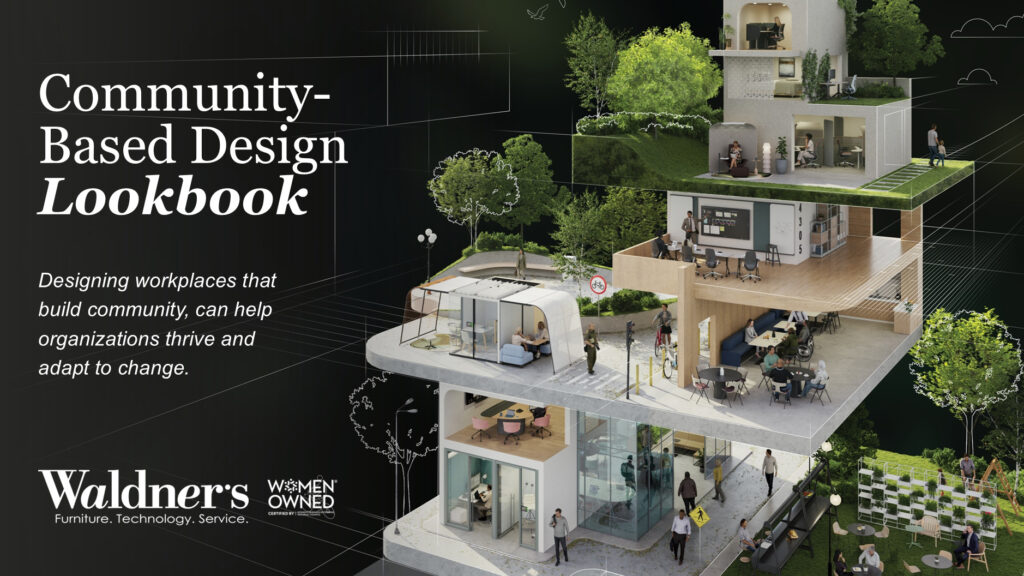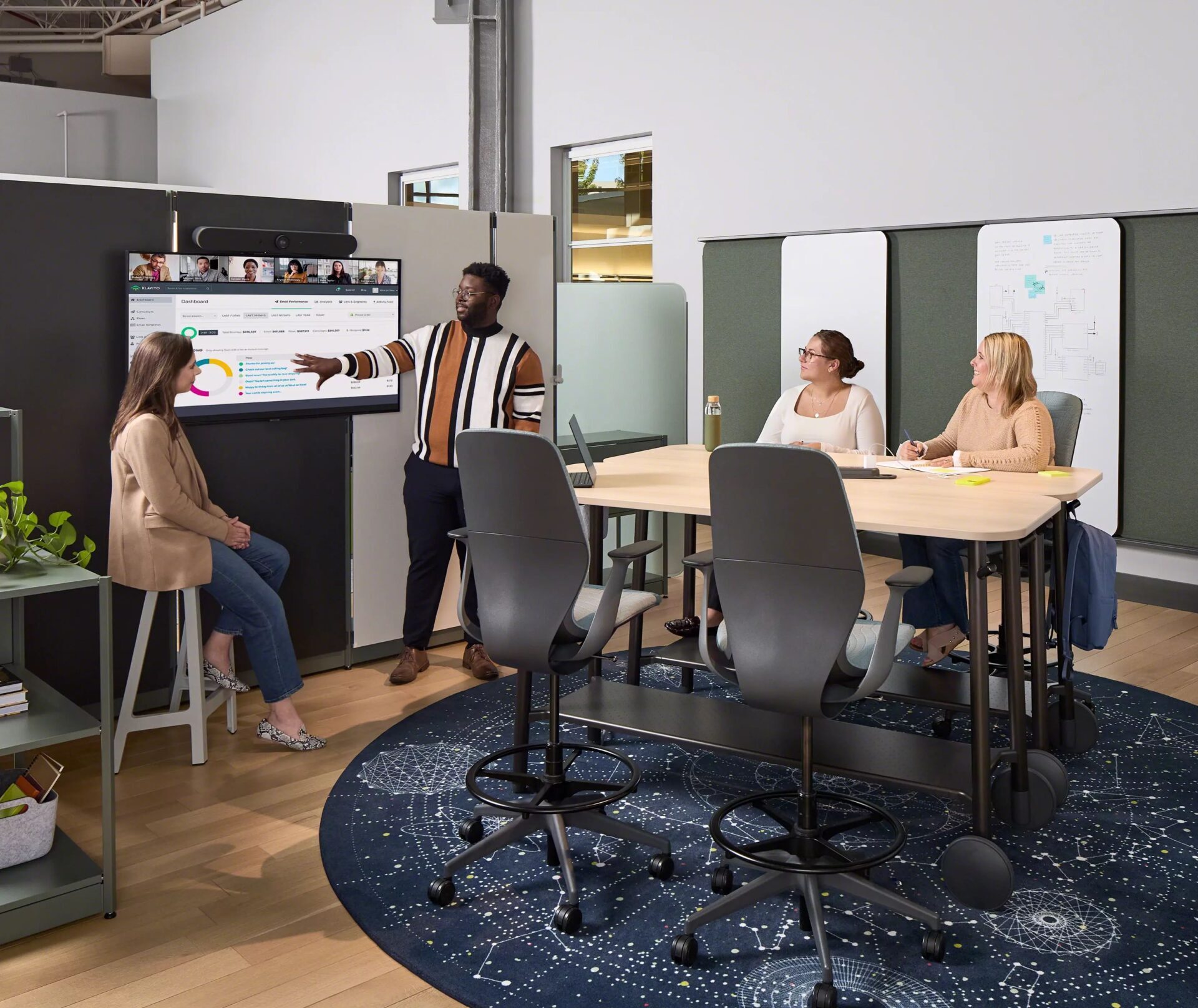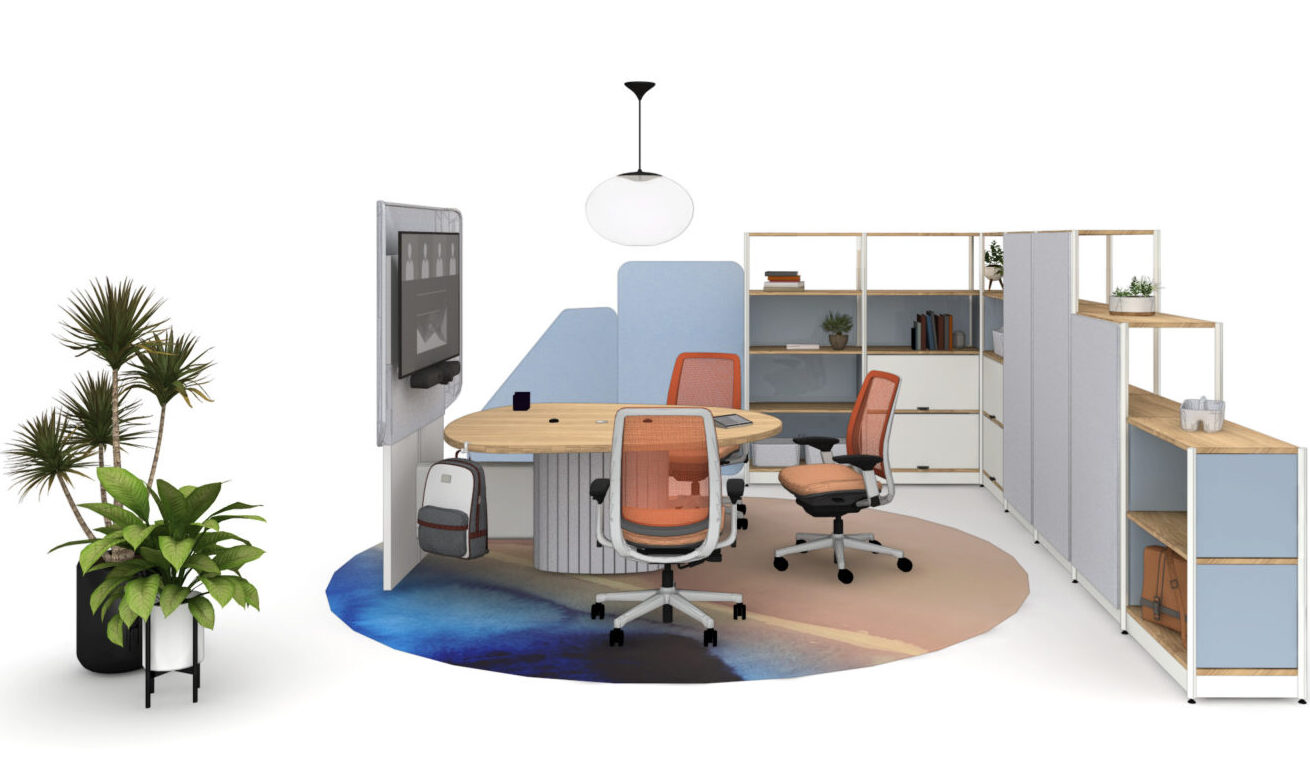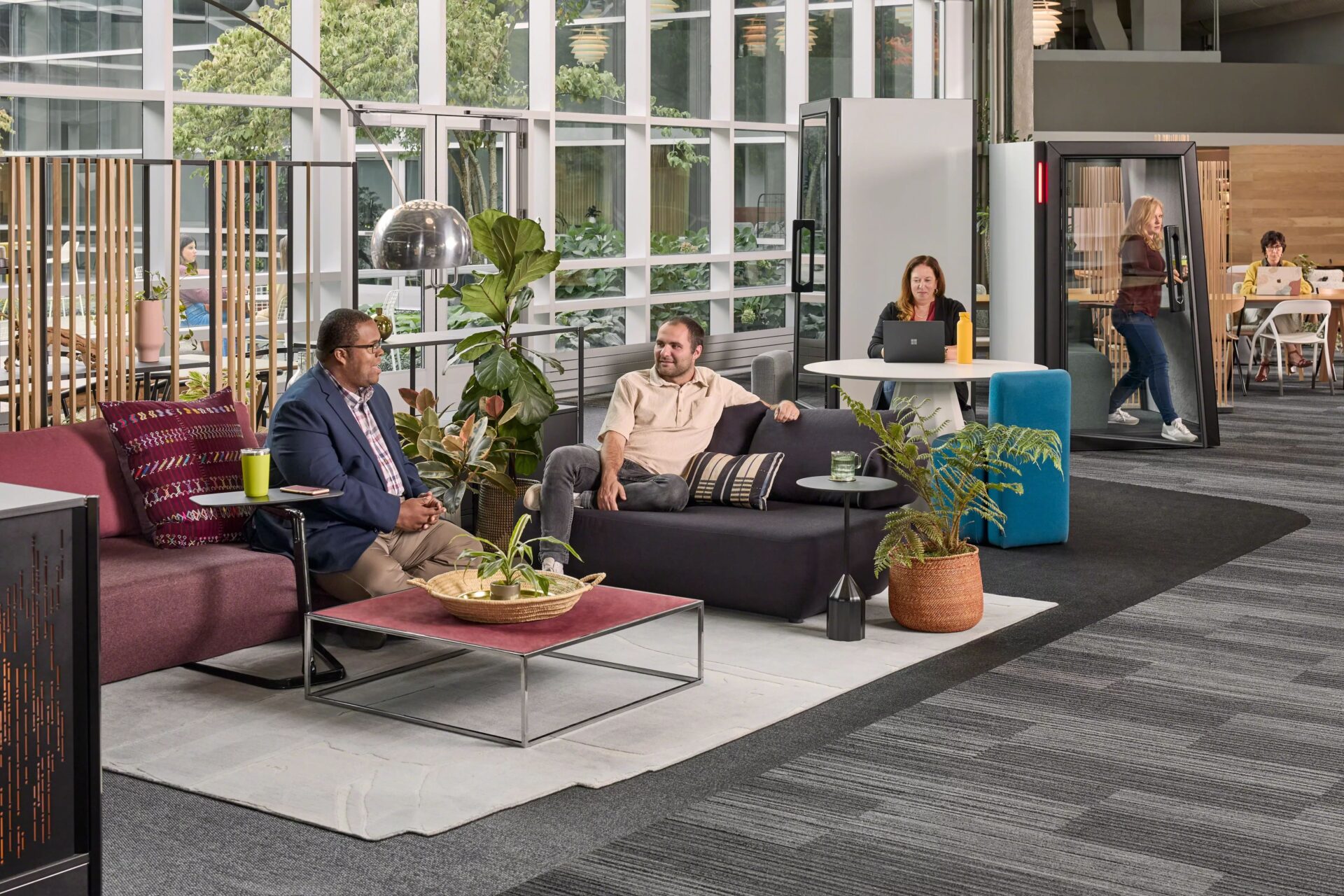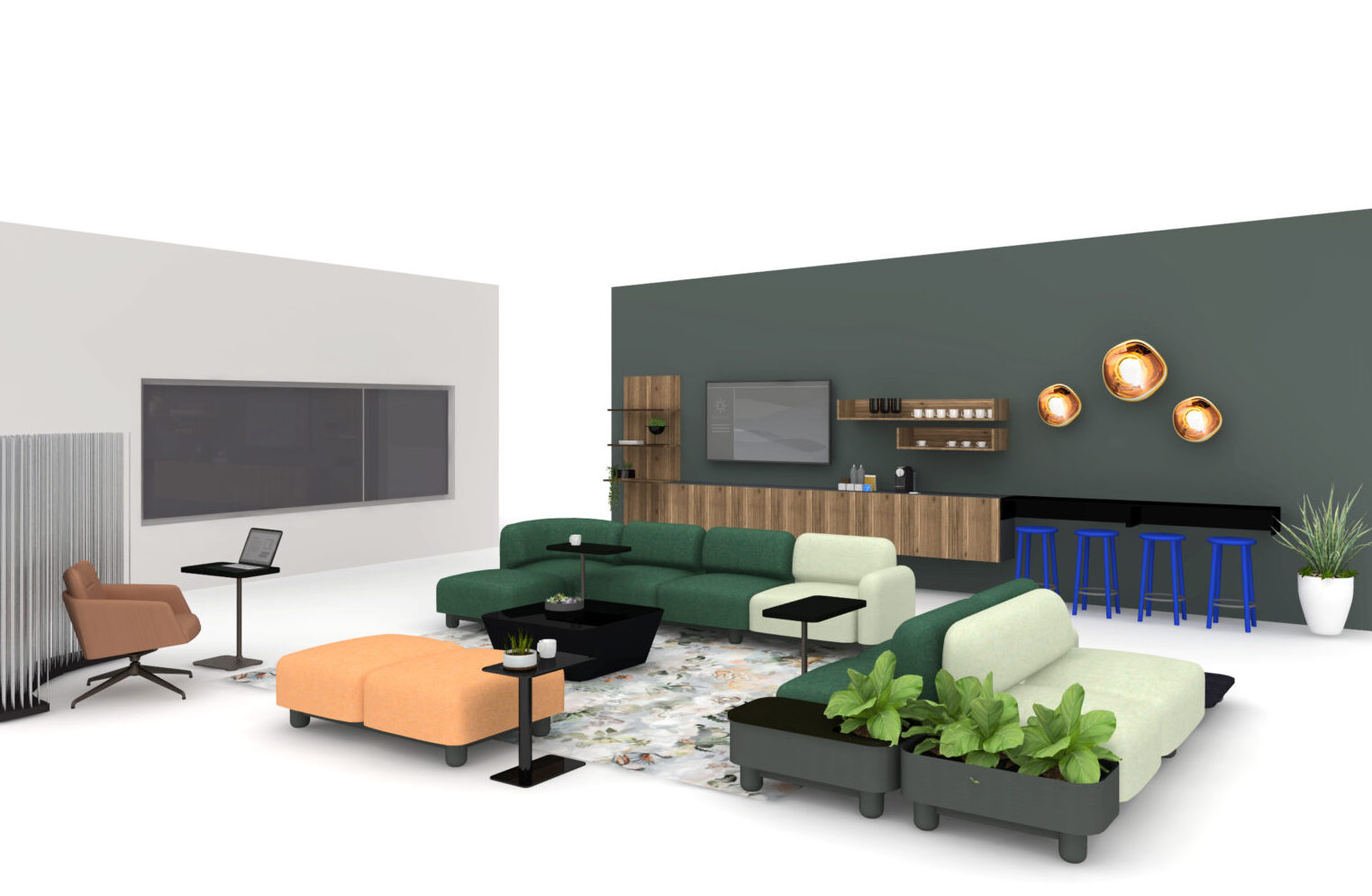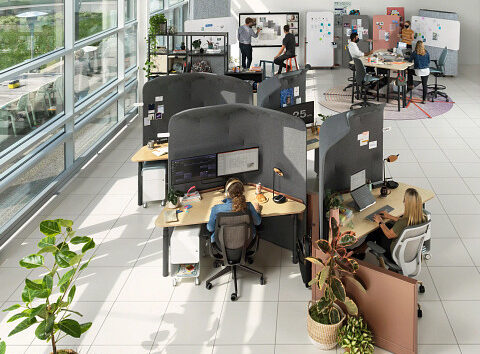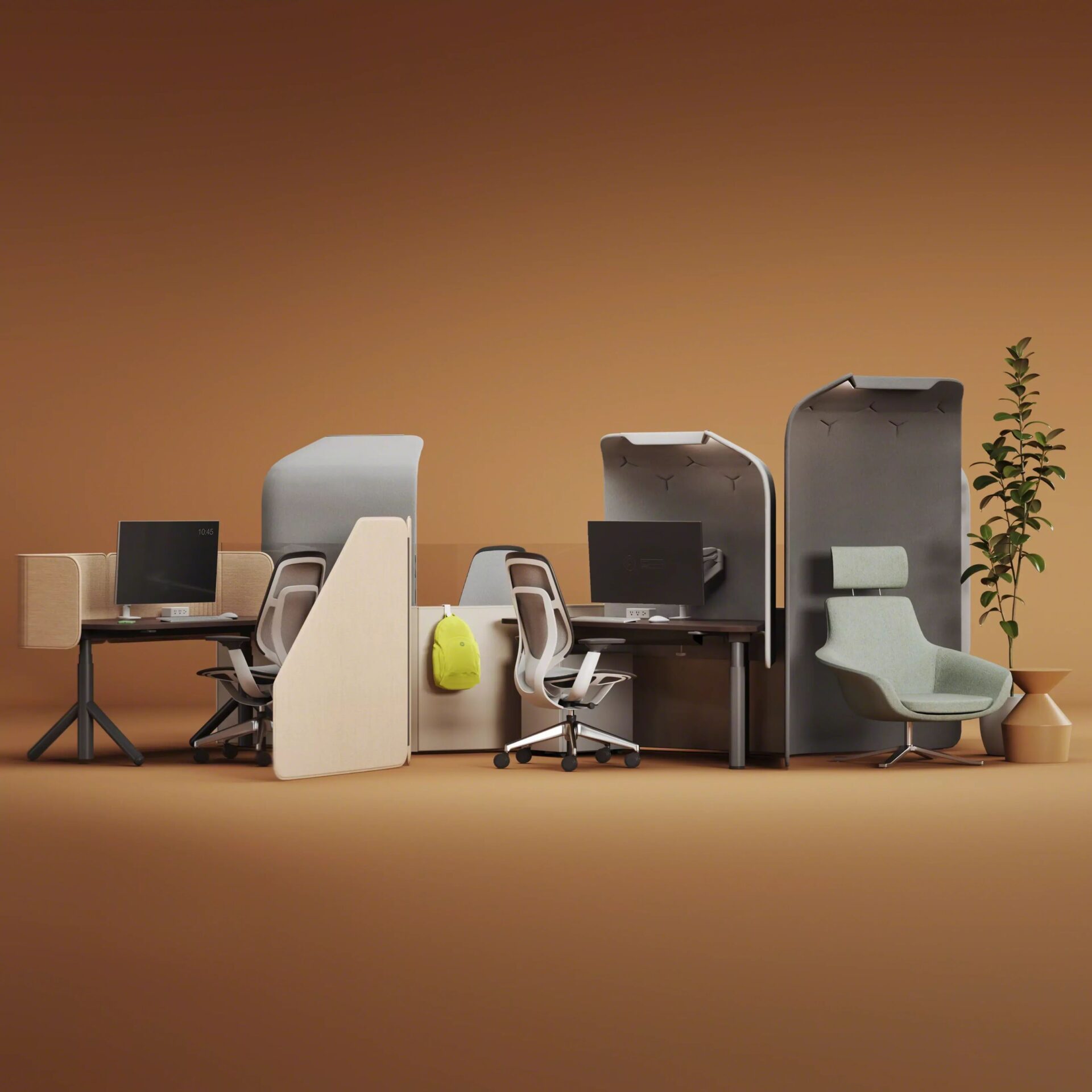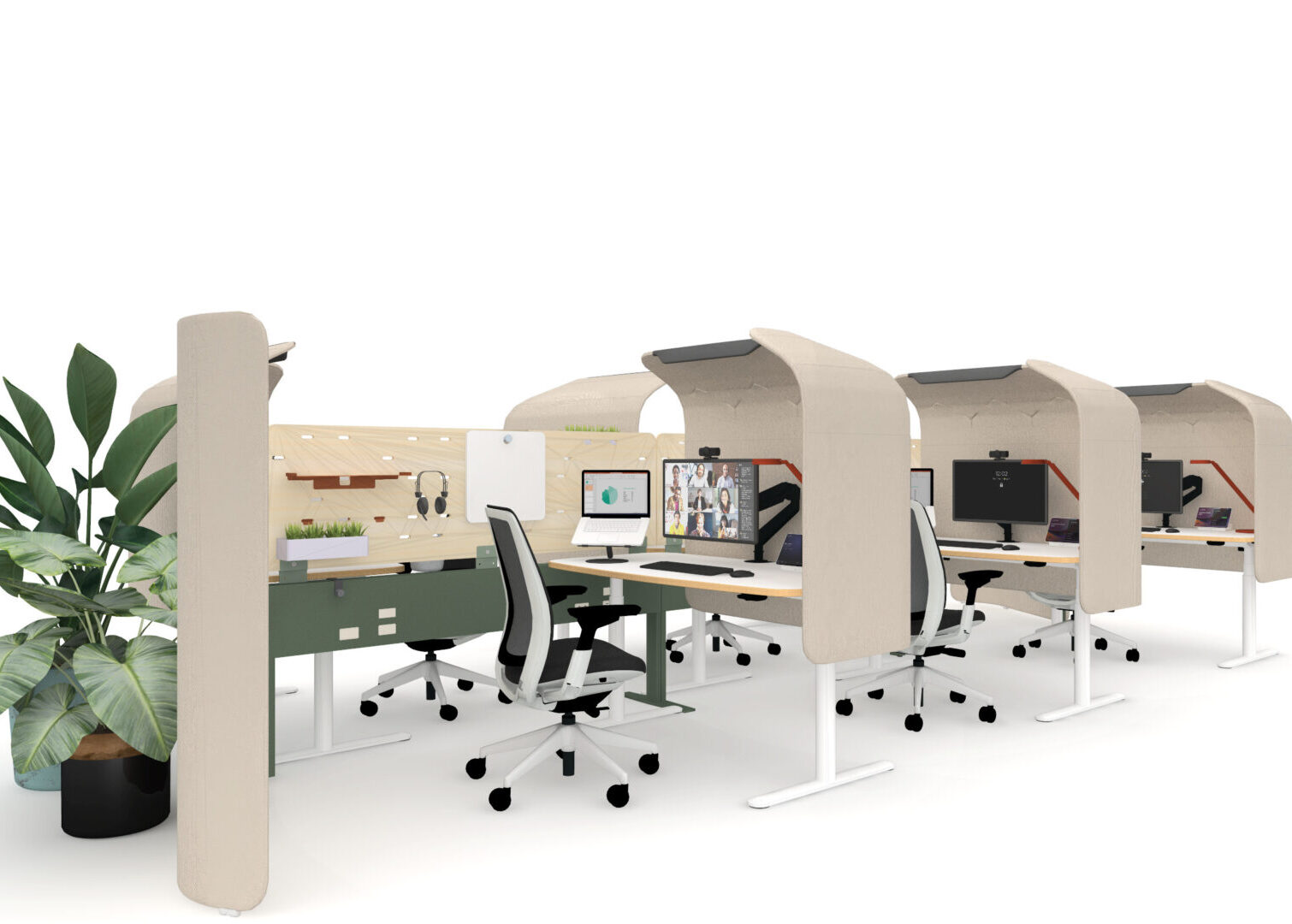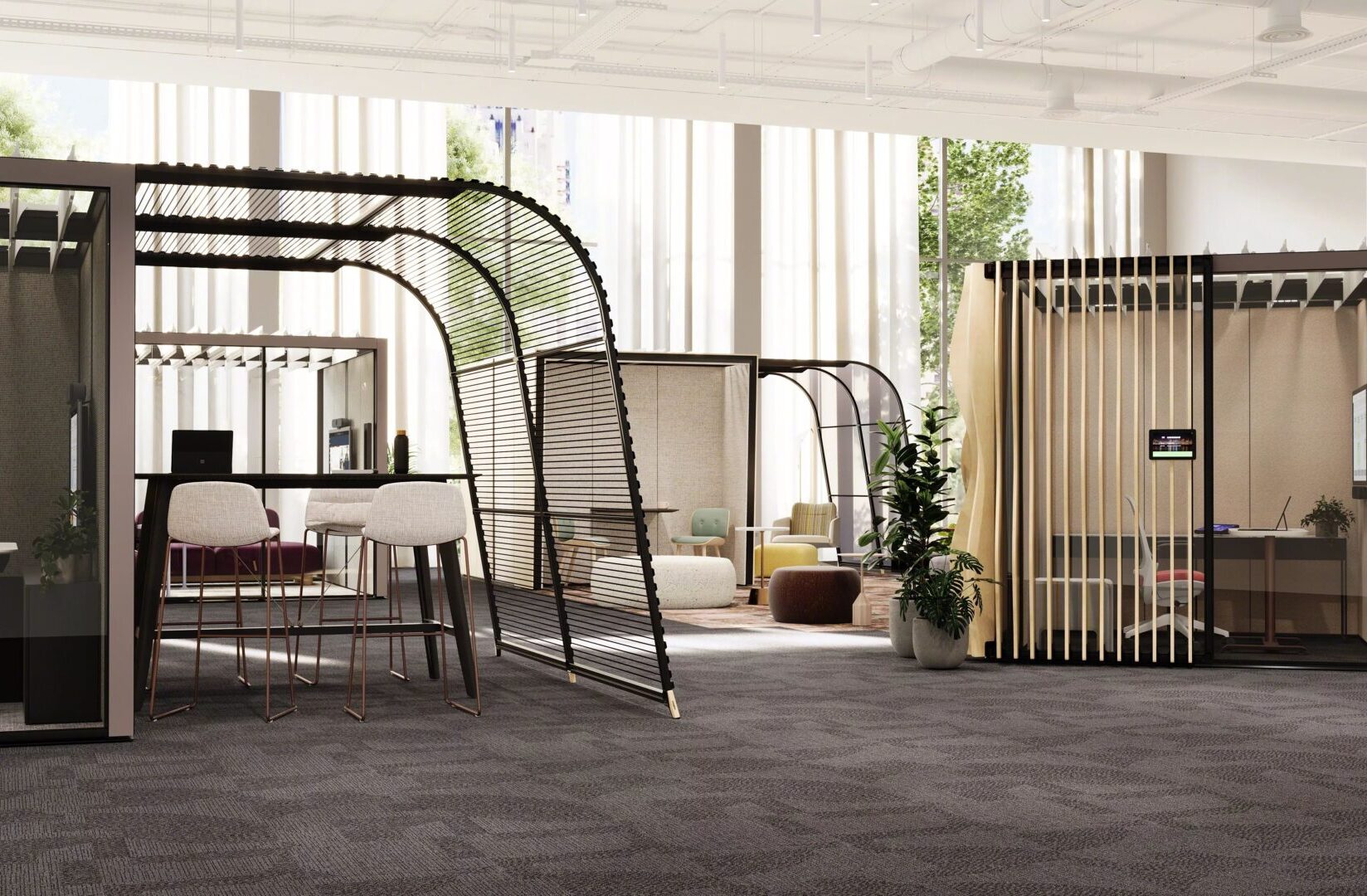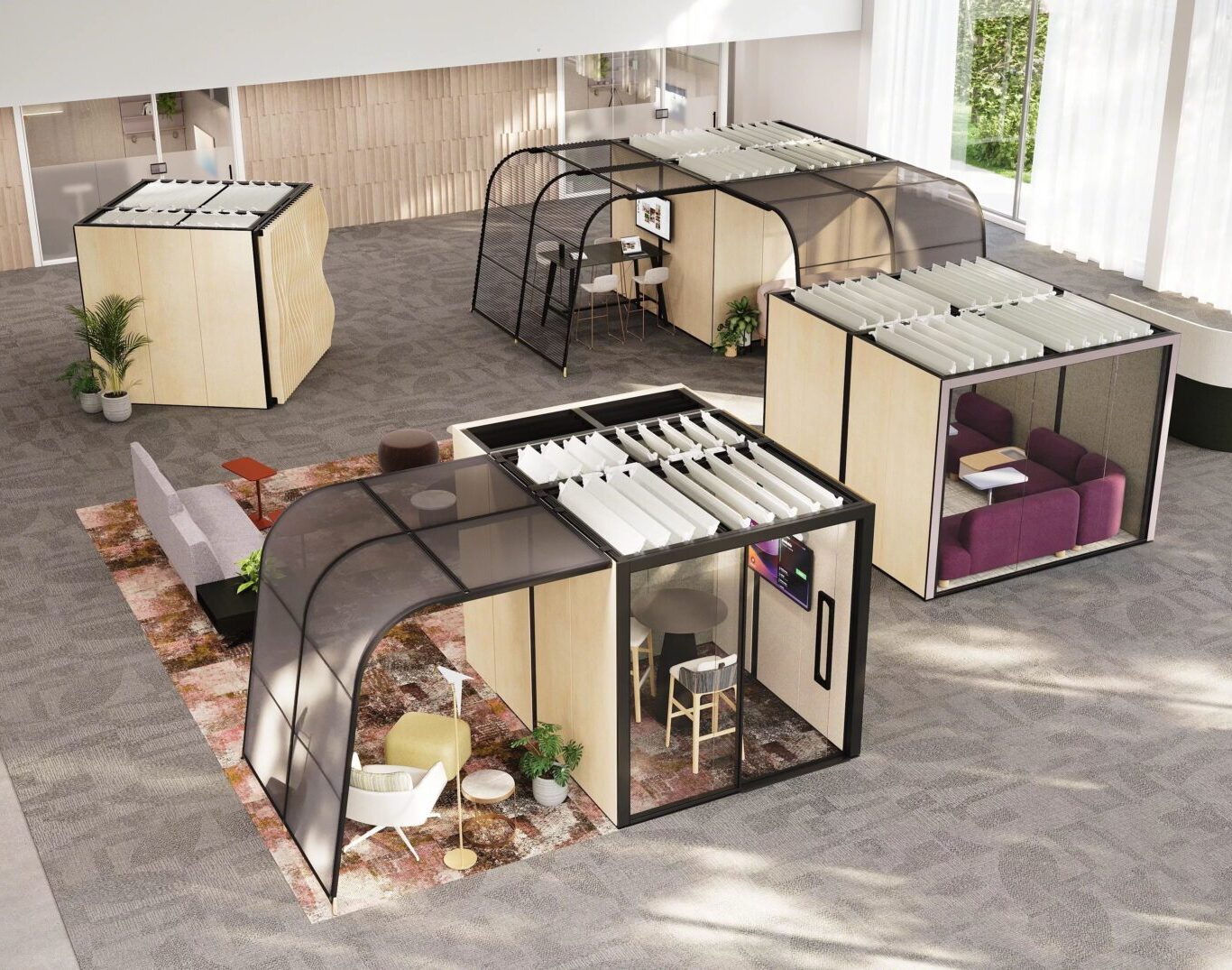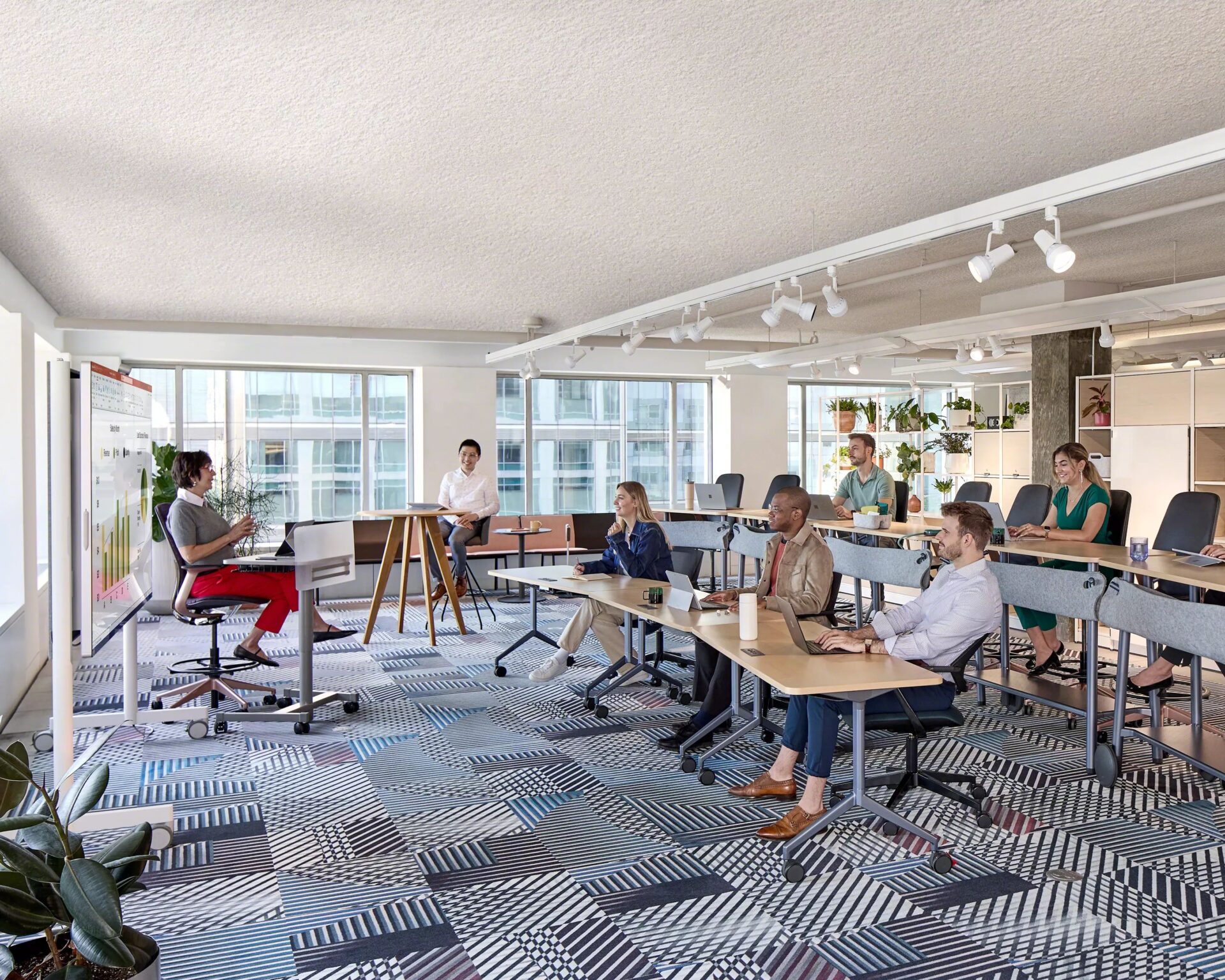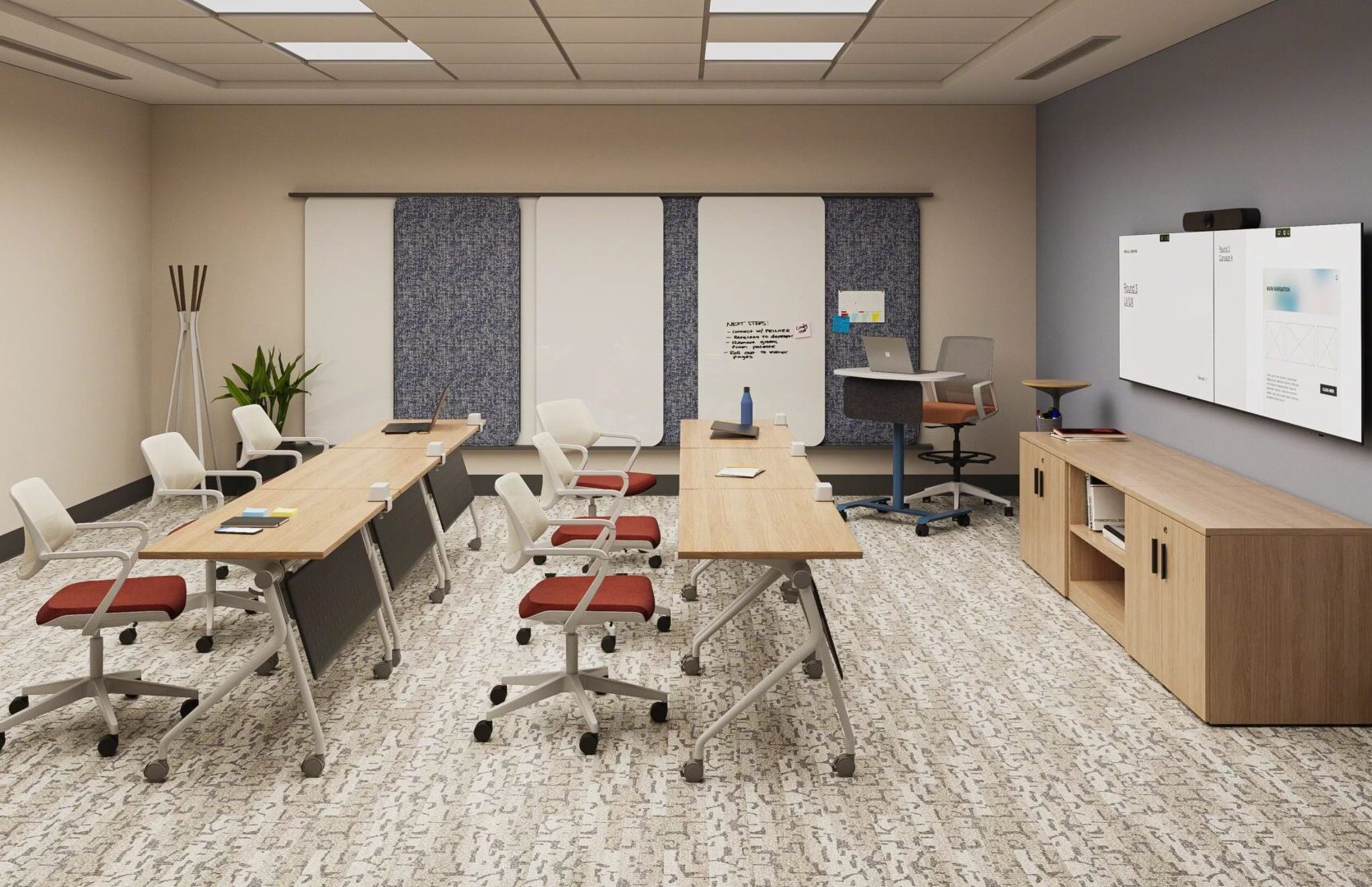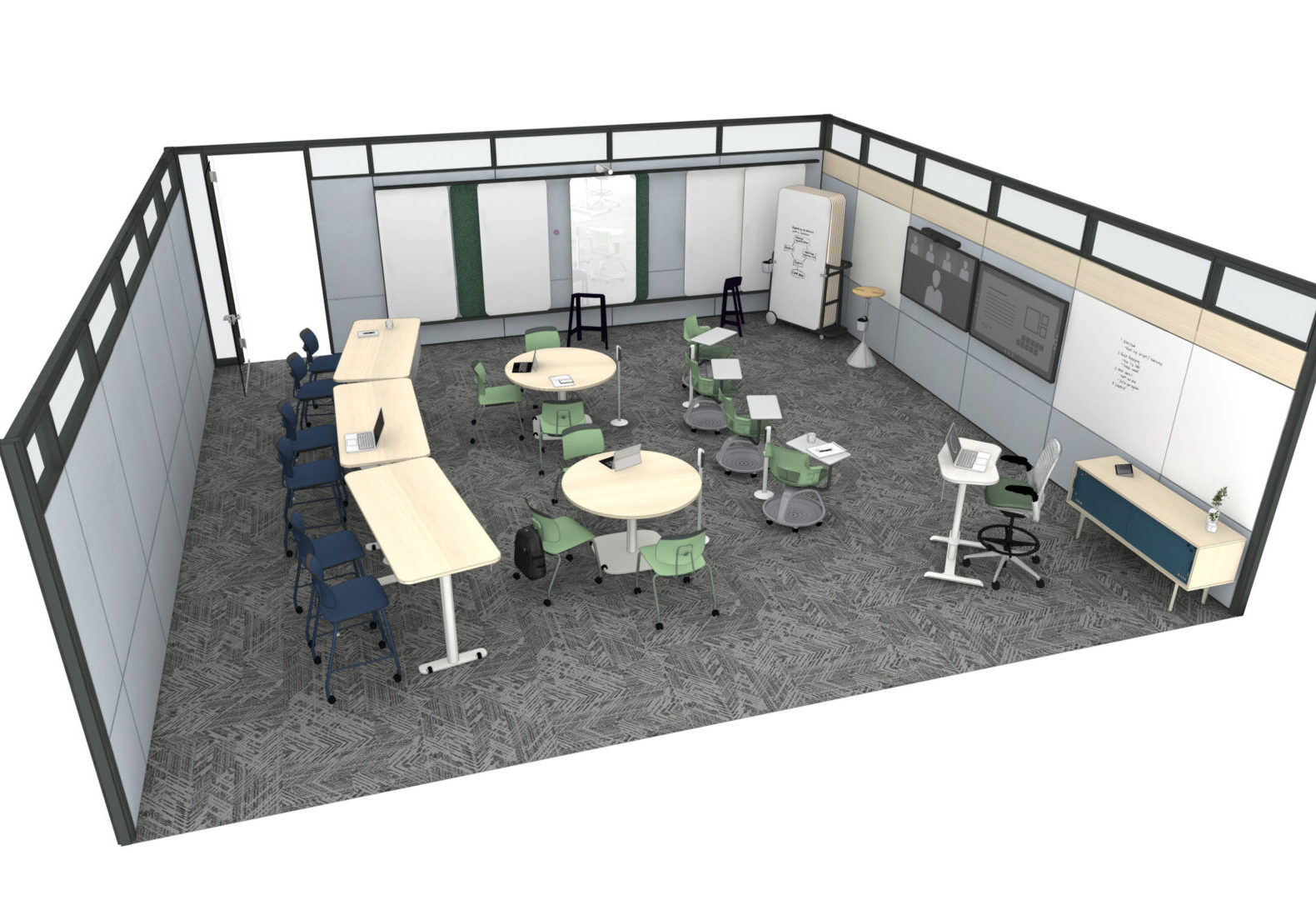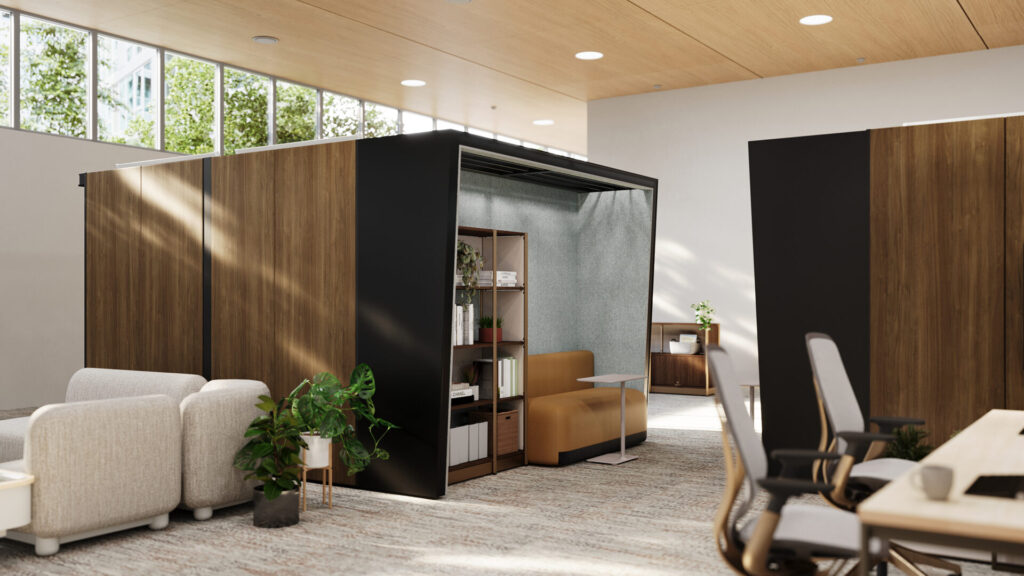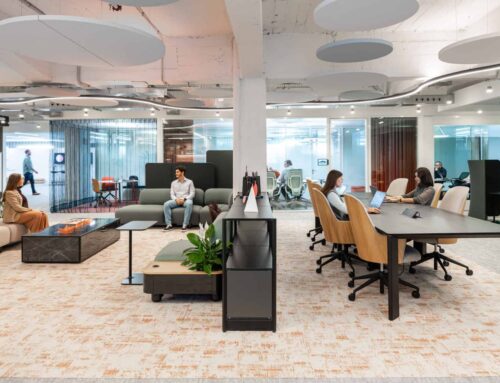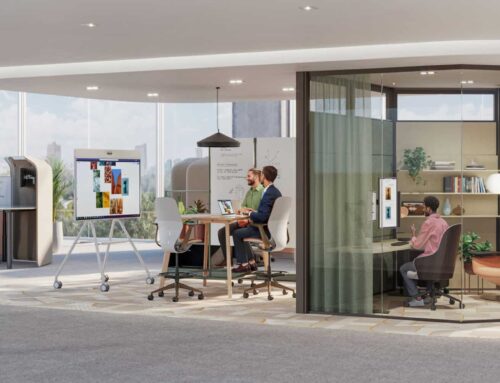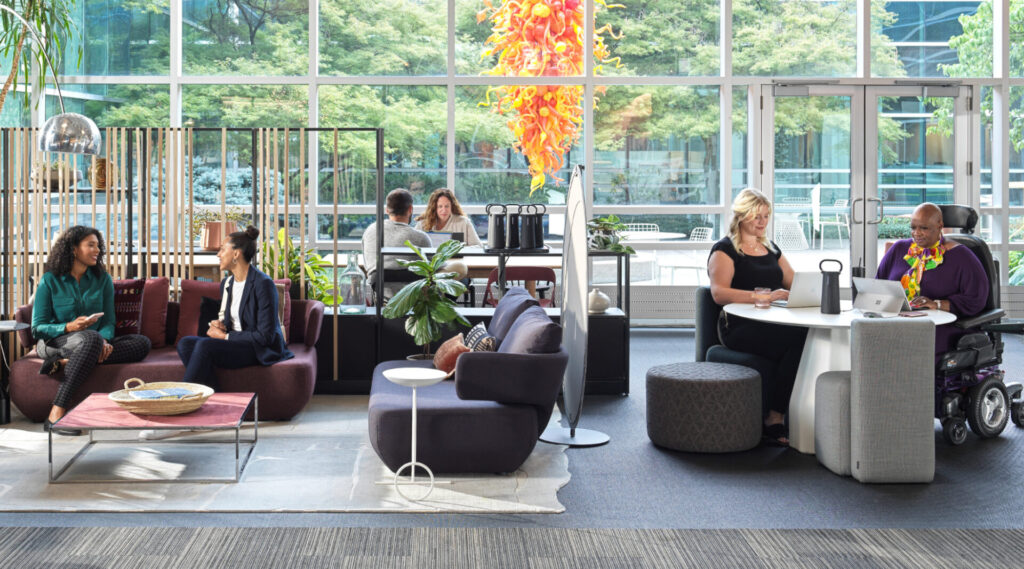
Inclusive Design: Creating environments where everyone feels seen, supported, and empowered.
In today’s evolving work culture, creating a sense of community in the workplace has become essential. Inclusive design emerges as a beneficial strategy to foster belonging, trust, and engagement in the workplace. But what does it really mean to design inclusively, and how can leaders prioritize it in workplace design?
What Is Inclusive Design?
Inclusive design is the practice of creating environments that reflect the wide range of human diversity: abilities, cultures, languages, genders, and ages. It’s not just about accessibility; it’s about designing with people, not just for them.
This approach ensures that everyone, regardless of their background or identity, feels seen, heard, and valued.
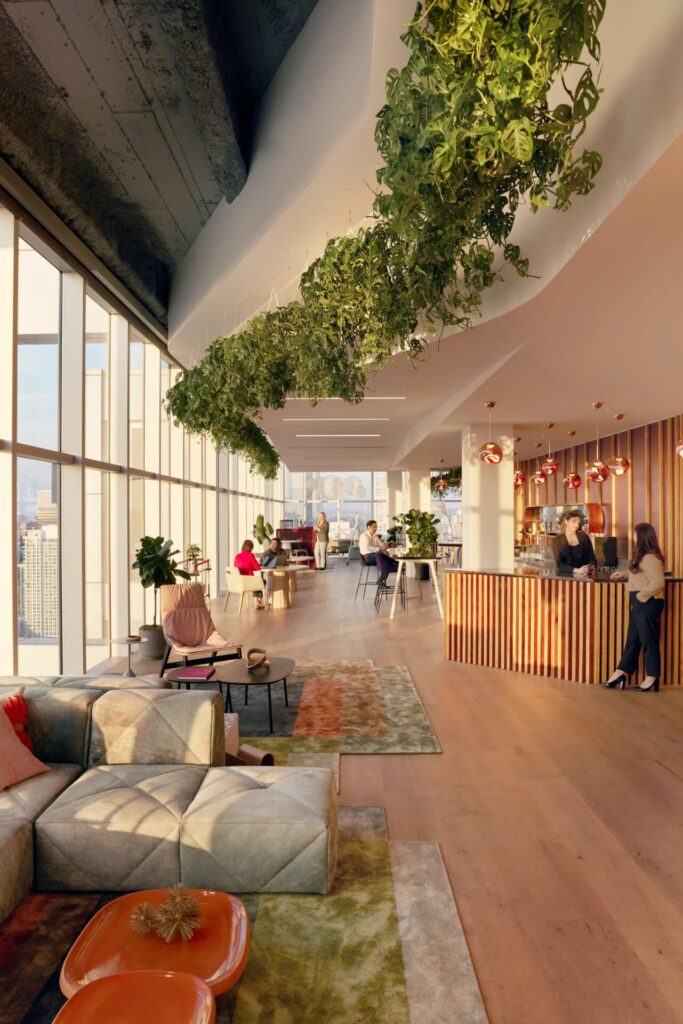
Designing for All People
Steelcase’s Community-Based Design approach helps workplaces evolve alongside the people who use them, recognizing that both individual needs and organizational goals are constantly changing. Inclusive design is an ongoing conversation. As work environments become more diverse, the need for adaptable, human-centered spaces grows increasingly important.
Discover the principles of Community-Based Design and explore design applications- download Waldner’s exclusive Lookbook!
Tips for Inclusive Design in the Workplace:
1. Engaging the Community
A key aspect of inclusive design is having a space where all employees and leaders can connect to gain deep insights into their daily work experiences. This ensures the workplace reflects the real needs of all employees and diverse perspectives from everyone.
2. Fostering Social Connections
Inspired by Steelcase’s Community-Based Design, including a ‘city center’ that acts as a central gathering space encourages everyday interactions, and helps build trust and connection across the workplace.
3. Designing for Adaptability
A truly productive workplace is one that can adapt to constant change. Flexible environments not only help organizations respond quickly to shifting needs but also support employees as their work styles change.
Steelcase Flex Collection
Designed for adaptability, the Flex Collection lets people shape their workspace, their way. Integrating mobile desks, screens, and power units that can be easily reconfigured, help support different modes of work from focused tasks to team collaboration.
4. Creating Multi-Use Zones
In a workplace that supports inclusive design, it is important to have areas that support various activities like collaboration or socializing, while also supporting adjacent needs such as focused work or informal meetings.
Campers & Dens by Orangebox
An architectural workplace system that creates semi-private spaces for meetings, focus work, or casual conversations. Campers & Dens make it easy to shape your space, offering cozy privacy and tons of flexibility with cabins, campers, and awnings you can mix and match.
5. Measuring Progress
Ongoing feedback is essential in inclusive design. By continuously listening to the people who use the space, leaders can continue learning and improving.
Inclusive design is more than checking boxes, it’s about building a workplace where everyone can thrive. By designing with the needs of all employees in mind, work environments can be created that not only support productivity but also nurture a true sense of community.

